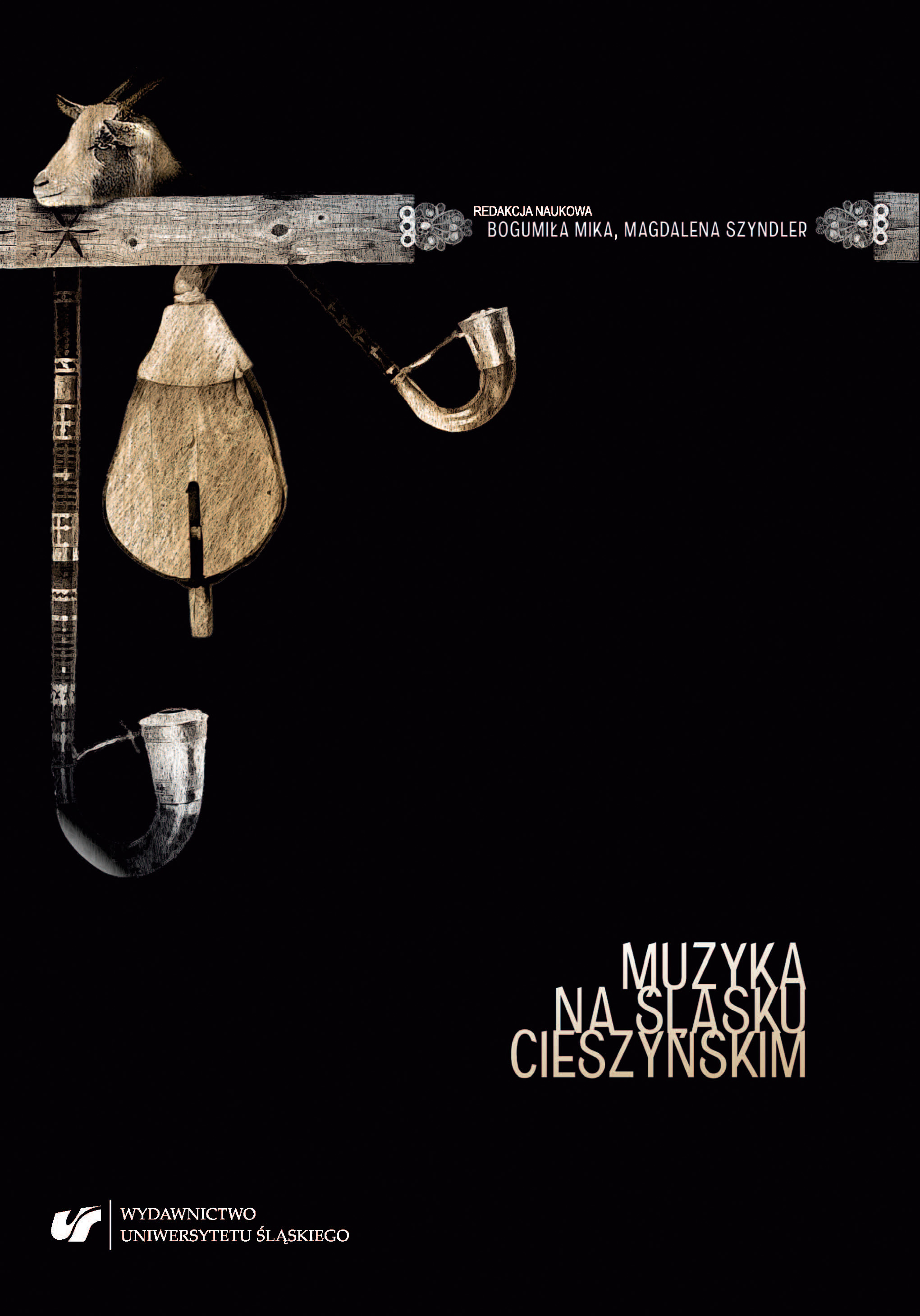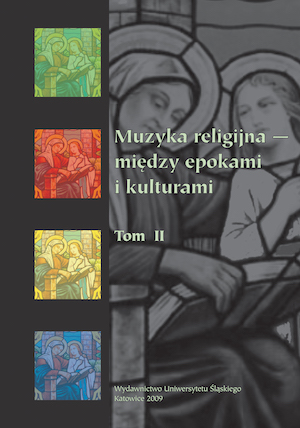
Panorama życia kulturalnego Śląska Górnego i Cieszyńskiego w XIX i XX wieku – tradycje, wektory, zróżnicowania
vIn the present work the author attempted to emphasise both the similarities and the differences which characterise the culture of both Silesian regions, formulating this outline against the background of historical and social changes which began to occur in the 18th century. In reference to the Cieszyn region one should emphasise especially the culture-forming, protestant work ethic and the positivistic social activity (based on the ranks of burghers, courtly culture, the influence of Vienna models, deeper reliance on folk songs, the atmosphere of religious tolerance which lasted many years or the full-scale education and orientation toward individualism. The opposite Upper Silesian borderland mentality of constant preparedness was marked by exclusivity of Catholic origin, a higher degree of conservatism, a lack of opinion-making strata, greater engagement of religious output written under the influence of the Catholic Church or the folk-patriotic contamination of the Romantic idea. The choir movement was more developed there, the infiltrations of the works of Karol Szymanowski were more evident, and the works which was somewhat reminiscent of the works of German Neoromantism were written due to the less developed estate of burghers. Due to a number of similarities and differences one may suggest a dichotomy of cultural images, images which arose in both parts of Silesia, if we make recourse to well-known concepts of Tönnies – the Upper Silesian Gemeinschaft, i.e. the organically united community on the basis of custom, neighbour-related relations of personality and faith, and Gesellschaft, i.e. an arbitrary association, society which functions on the basis of convention, formalised law, stimulating the development of social roles.
More...
